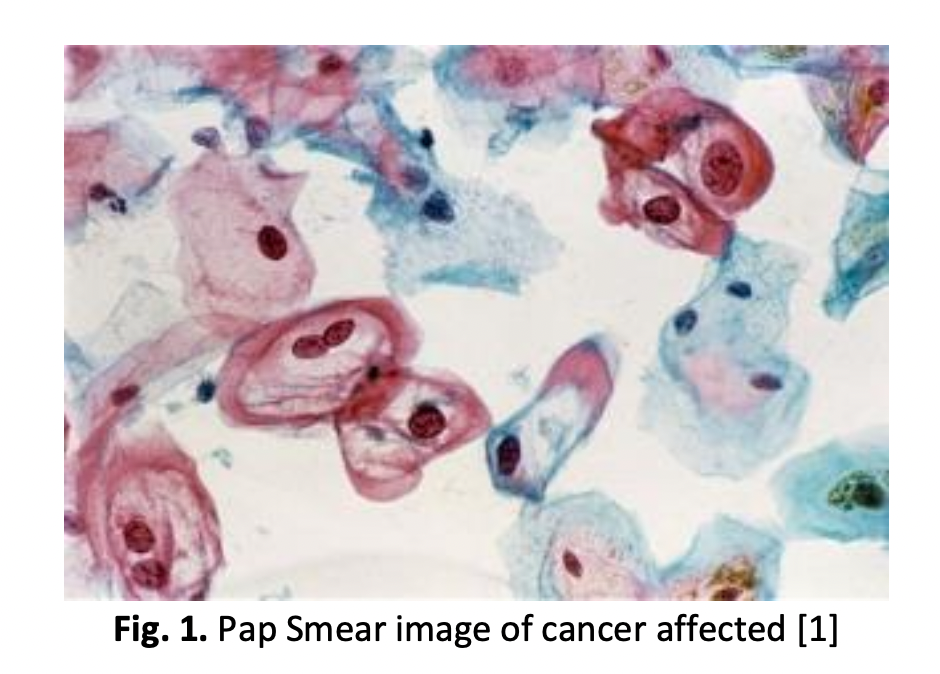Pap Smear Image Analysis Based on Nucleus Segmentation and Deep Learning – A Recent Review
DOI:
https://doi.org/10.37934/araset.29.3.3747Keywords:
Cervical cancer, Nucleus segmentation, Deep learningAbstract
Cervical cancer refers to a dangerous and common illness that impacts women worldwide. Moreover, this cancer affects over 300,000 people each year, with one woman diagnosed every minute. It affects over 0.5 million women annually, leading to over 0.3 million deaths. Recently, considerable literature has grown around developing technologies to detect cervical cancer cells in women. Previously, a cervical cancer diagnosis was made manually, which may result in a false positive or negative. Automated detection of cervical cancer and analysis method of the Papanicolaou (Pap) smear images are still debated among researchers. Thus, this paper reviewed several studies related to the detection method of Pap smear images focusing on Nuclei Segmentation and Deep Learning (DL) from the publication year of 2020, 2021, and 2022. Training, validation, and testing stages have all been the subject of study. However, there are still inadequacies in the current methodologies that have caused limitations to the proposed approaches by researchers. This study may inspire other researchers to view the proposed methods' potential and provide a decent foundation for developing and implementing new solutions.
Downloads





























